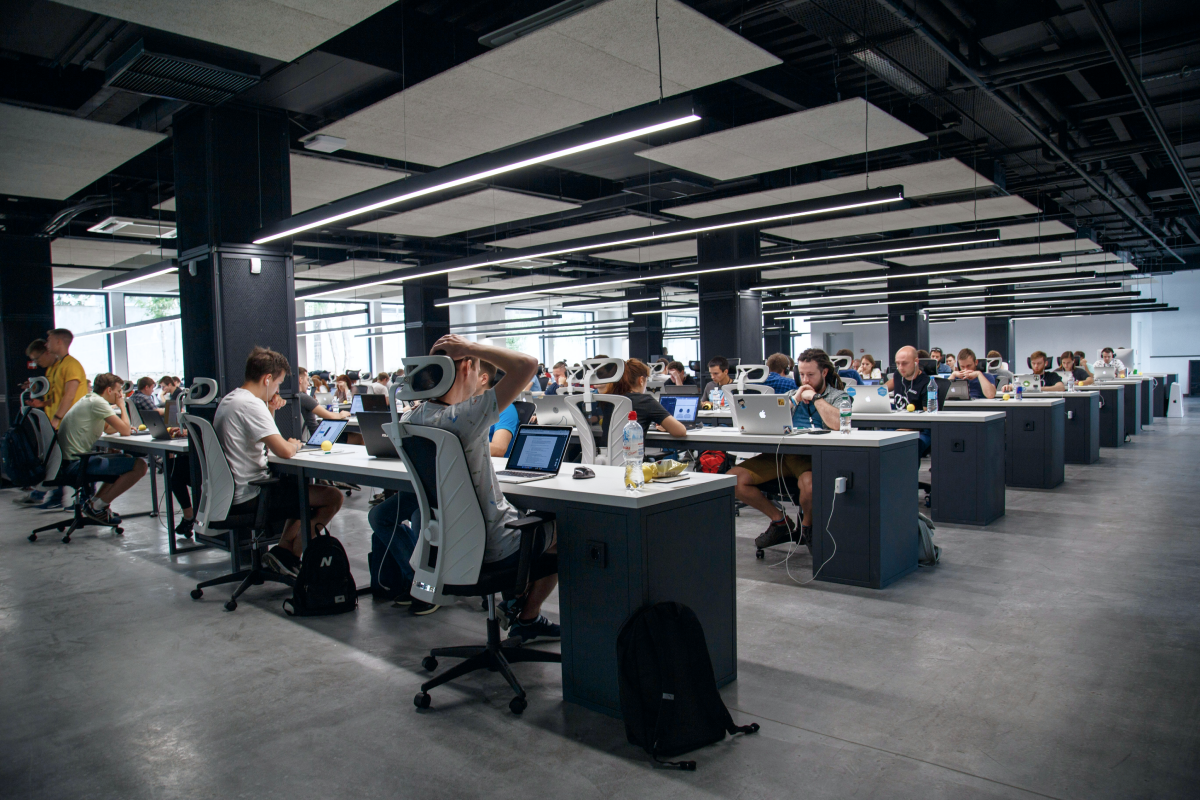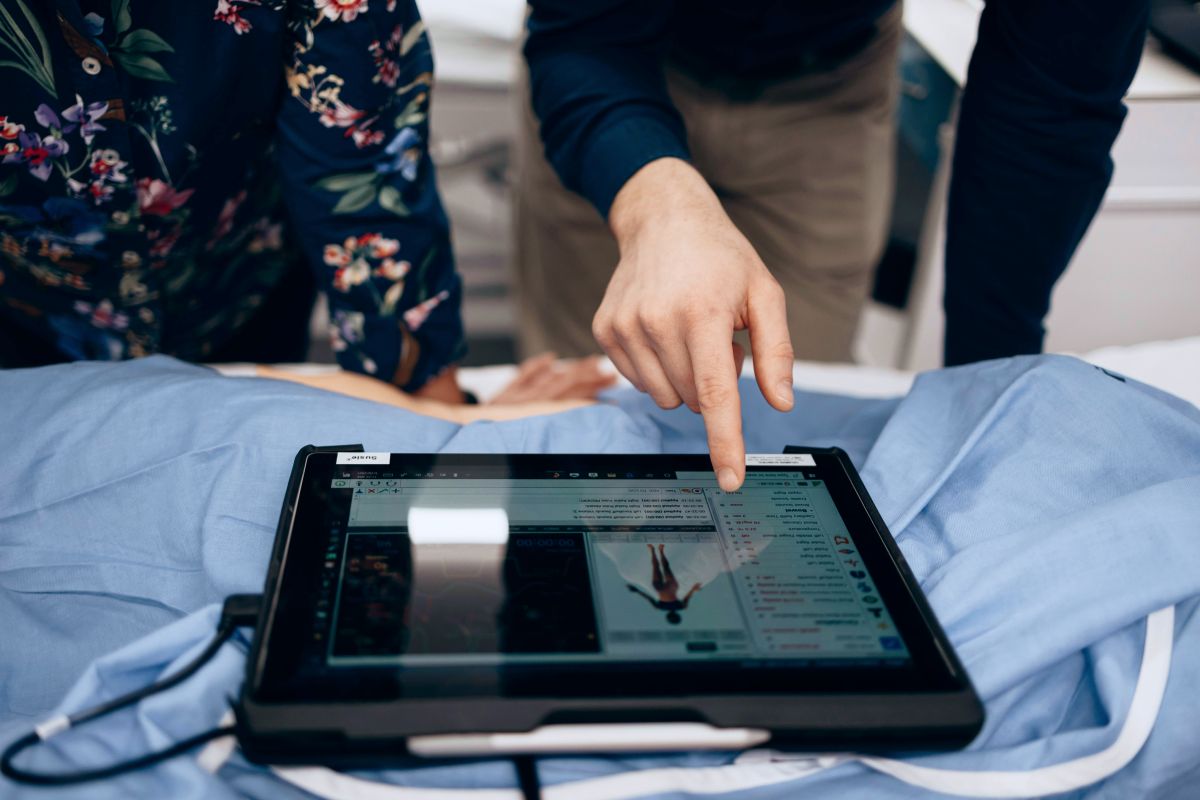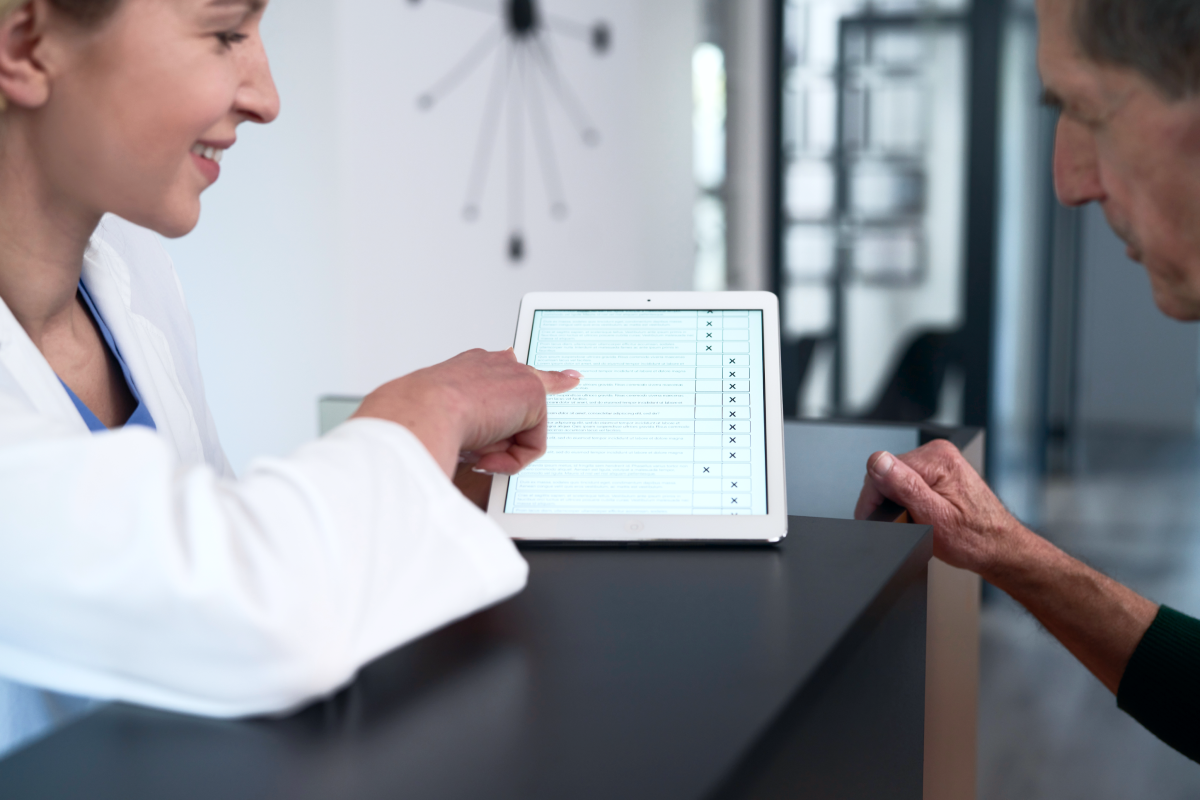It’s tempting to take that brilliant idea of yours and turn it into an app. However, skipping the discovery phase often leads to the same mistakes as many other companies did.
Peeple, an app where you could rate and review people, was called off as there’s a lack of interest from the market. Meanwhile, Washboard failed to validate the pain point of users and create a product that users use. Big brands such as Google are also in the list, just remember the case with Google Glasses.
At Uptech we’ve come across many startup owners who are left disappointed when their ‘promising apps’ failed to impress the users. Yet, those that are sticking to conducting initial project research have a significantly increased success rate.
.png)
What Is Discovery Phase?
Discovery phase or initial research is a process that takes place before kicking off project development. It is focused on identifying your target audience, their problems, and needs. In the discovery phase, you test your idea against the reality of solving problems and meeting expectations of the users.
The main goal of the discovery stage is to dispel doubts and prove your assumptions on the app, one way or another. Based on the feedback and collected data, you can then fine tune your idea to create a product that matches the expectations and needs of the users.
In other words, discovery phase is a data-driven approach to model your app.
Who Is Involved In The Discovery Phase?
The Discovery team may change depending on the project. But there are some key members who manage the entire discovery phase of the software project.
- Project manager
A project manager ensures flawless communication between the team and the client, proper planning of the scope of work, and tracks the project's progress.
- Business analyst
Business analysts are responsible for the research. They study potential users' needs and consider possible ways to meet existing needs with a real business solution.
- Software architect
A software architect analyzes the initial technical requirements and offers tools and methodologies for developing a cutting-edge app. A software architect is a person who creates your product's architecture and logic.
- UX/UI designer
A UI/UX designer has two zones of responsibility. It's a research part and a design part. On the one hand, together with the project manager or business analyst, they study users' needs. On the other, they create an intuitive interface to make your product as appealing as possible.
In the perfect scenario, the whole team is involved in the project management discovery phase. In reality, there could be situations when PM combines the two roles: PM and business analyst. It's ok until it ensures good performance.
Why Discovery Phase Is Crucial For Your Project?
The discovery phase of a software project is necessary for startup founders in different ways starting from finding product-market fit to saving up costs.
Check out 4 key benefits of the discovery phase for software projects.
To build a market-driven product
Executing the project discovery phase allows you to validate project idea with users instead of going ahead with mere assumptions. It puts you on the right track by defining your target audience, modeling vision and business goals.
The discovery phase of the project helps test your idea/market fit and determine whether there is potential to build the Next Big Thing.
To create a great user experience
The discovery stage is also an excellent approach to define problems that you’re going to solve with the app. By talking to users, you get to know their pain points and turn them into value-added features on the app.
Naturally, heeding the voice of your users allows you to create a product focused on great user experience.
To design prototypes
The best way to test an idea via user research is to build a prototype. Think of a product prototype as a simplified version of the final product. It aims to validate the usability, design, and functionality of the product.
However, a prototype is still a far cry from the final product you need to have something to base on. That 'something' is exactly the information gathered during the project discovery phase. So without Discovery, it would be hard to build a really good prototype and test the idea.
To set a clear product direction
In product development, there's such a thing as the software requirements specification. It is a roadmap of your future web or mobile application. In simple words, it's a plan of the whole development process and a team structure involved in the project.
SRS helps you keep the development process aligned and project team members aware of their job. To create one, you need a discovery phase in project management. A project discovery phase shines some light on the project's complexity and functionality. It defines the required efforts on design, development, testing, and project management stages.
With a clear direction for the app, the development could take off with clear milestones and possibly lower cost.

What Will Happen If You Skip the Discovery?
A product nobody needs
9 out of 10 startups fail — most often due to poor market fit. As I mentioned above, the first focus of the product discovery process is to validate the idea. In other words, to find a product/market fit. By studying the market, analyzing the target audience, defining the need, you reduce the overall level of failure.
Costs you didn't expect
Finance problems are among the TOP 5 reasons why startups fail. The thing here isn't about being low on cash but throwing good money after bad. Skipping the Discovery phase leads to blurred goals and unchecked hypothesis, which often generate more expenses.
Never-ending scope
A product without measurable expected results is forever-taking. The Discovery helps you set the direction and shape the results, so you have a clear scope and product roadmap with deadlines.
Missed deadlines
The side effect of never-ending scope is missed deadlines. I can't stress it enough, but the precise project boundaries are crucial in product development. The Discovery phase is exactly the time when you set those boundaries. A lack of one leads to the stretched-out development timeline and postponed release.
How Does Uptech Conduct Discovery Phase?
At Uptech, we involve the project manager, business analyst, and UX designer in the discovery phase of a project. Research usually takes around 4 weeks to carry out the data gathering and analysis.
Here’s the IT discovery process in greater detail with the discovery phase deliverables.
Step 1 - Collect Product Information For a Holistic Perspective
The first step involves gathering existing information on the respective project from the stakeholders. We look into the business model, project roadmap, research results, wireframes, and other sources to build an initial understanding of the project.
We conduct an interview with stakeholders in order to stay aligned with business needs, goals, and priorities. It’s crucial to capture the visions and motivations that drive the idea behind the product.
Once the information is gathered, we work on a business model canvas. It provides an overview of the entire project and allows us to study it from a different perspective.
Deliverables:
- Business model canvas.
Step 2 - Step Into the User’s Shoe With Product Studio Session
It’s important to put yourself into the customer’s shoes, and that’s what the next step is all about. The product studio session is where we work on assumptions of how our users might interact with the product.
During the session, we create a proto persona of the target users. Proto persona is akin to building a virtual portrait for the users. We envision the user's appearance, his/her likes and dislikes, occupations, hobbies, and more. It’s also important to cover user problems that our product might solve.
We create a customer journey map (CJM). It’s a schema that reflects how the user will interact with the product, so to say what steps he will make within the app. A CJM is also helpful during prototype testing as it allows comparison of actual user behaviors with our assumptions.
A hypothesis table is also created at this point based on preliminary assumptions of the app. For example, we assumed that features A, B, C will sufficiently address the user needs of X, Y, Z. These assumptions are turned into a list, which is then validated during the user interviews.
Deliverables:
- Proto persona profile;
- CJM;
- Hypothesis table.
Step 3 - Conduct User Interviews to Validate Persona
So far, the proto persona is created based on assumptions. We ought to validate the persona by holding interviews with the users. During the interviews, we could test out the hypothesis and finetune the persona based on real users' needs, preferences, and problems faced.
We update the persona accordingly, as it will become the foundation of further product modeling.
Deliverables:
- Finetuned proto persona.
Step 4 - Brainstorm Solutions With the Design Studio Session
It’s now time to put our best minds to work. Our team came together to explore a wide set of ideas, share thoughts, and offer solutions in the design studio session. It’s an intense session of brainstorming, critique, and prioritization.
Based on the users’ needs and feedback, we raced towards probable solutions and ultimately shortlist the best ones. They are then used as a reference when we move on to work on a prototype.
Deliverables:
- Clickable prototype.

Step 5 - Iterate Prototype With User Interviews
Before moving forward, we hold another round of user interviews to test the prototype that we’ve created. The intention is to validate the hypothesis which the prototype is based on. We prepare tasks, cases, and lists of questions to ensure that the interview is focused and carried out in a structured manner.
The collected feedback is a valuable input to make enhancements and improve the prototype.
Deliverables:
- Technical design document;
- Timeline estimate;
- Cost estimate.
After going through the steps of discovery phase, we’ll produce the following items:
- Project roadmap;
- Product wireframes;
- Business model canvas;
- Value proposition canvas;
- Software requirements specification.
The deliverables are the result of the conducted research and analyzed data, which are adapted into the solution. They serve as a source of truth for the product development team.

Tips for Conducting Discovery Stage
A thoroughly planned and executed project discovery leads to modeling the right product for the right users. Here are some valuable tips.
Tip 1: It’s important to build a united and trustful team with the stakeholders and get the latter highly involved in the different activities to create the best product.
Tip 2: Test the hypothesis against real customers. You may have a set of hypotheses about the product. Until you get feedback from potential customers, they remain assumptions which could be proven false.
Tip 3: Avoid interrupting the flow of ideas. You never know if a seemingly crazy idea may turn out to be the winner in a highly competitive market.

How Much Time & Money Will a Product Discovery Phase Take?
The cost of the discovery phase of a project on average ranges from $12,000 to $20,000.
I always say that there's no exact sum because everything depends on each project specifically, its complexity, number of team members involved, etc.
The Discovery phase at Uptech usually takes from 3 to 5 weeks. After the initial discussion of the idea, we have a rough picture of the product, how it should look, and work. With that information at hand, we are ready to start.
Why Our Discovery Phase Approach Works?
We’ve applied the project discovery steps in many of our projects. One of them is PNKYSWR app.
PNKYSWR Overview:
PNKYSWR is a unique mobile product aimed at solving trust issues between individuals, including parents and their children. It does so by allowing both parties to create simple binding agreements and spelled out terms transparently and unambiguously.
The app attempts to solve parents-children problems of lack of clarity in agreements. Before the development of the app started, our team conducted the discovery phase.
You can check more details on our project on our Behance case.

Discovery Findings and Competitive Advantages:
After gathering and analysing initial information, we found that current products in the micro contract market failed to address the needs of both parties to maintain irrefutable records of agreements.
While NDAs and handshake agreements may or may not be admissible in court, they do indicate their intent.
Our findings highlighted the need for a service that allows both parties to strike a clear agreement with great clarity on the finer terms and details.
We also realized that the app is receptive to, surprisingly, parents whose teenage children are provided with a phone. The app can help parents put up with excuses like 'five more minutes of video games, and I'll clean the room' by spelling out a clear agreement.
It removes the nagging, complaints and enables both parties to come to a common understanding.
Suggested solution:
The findings are then turned into actionable plans for development. We started by creating the MVP version of the app with React Native, and conducted testing on the main functional parts with users.
Based on the collected feedback, additional features are planned and prioritized for the next phases of development.
.png)
Summary
Project discovery is pivotal in determining the success rate of a product or an app. We’ve shown that it can be done systematically in a 5 steps approach. The main goals are to remove doubts and allow development to be carried out in a clear direction.
Talk to our dedicated development team to avoid building the next ‘Washboard’ that is doomed to fail.




































































































